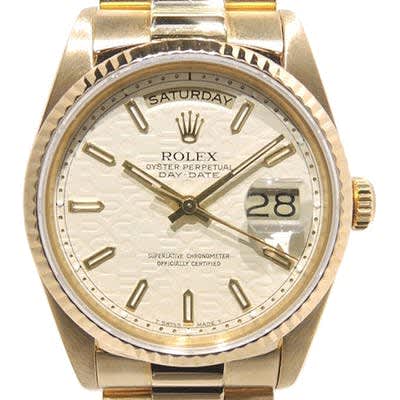The history of Swiss watchmakers is a fascinating tale of craftsmanship, innovation, and global influence. Here’s a concise overview, broken down by key periods:
Swiss watchmaking’s history is deeply intertwined with Geneva, where it began in the 16th century with French Huguenot refugees bringing their skills. This influx of skilled watchmakers, combined with Geneva’s thriving goldsmithing tradition, laid the foundation for a renowned industry. Over time, watchmaking spread to other cantons and regions within Switzerland, including Neuchâtel, Solothurn, Bern, and the Jura mountains.

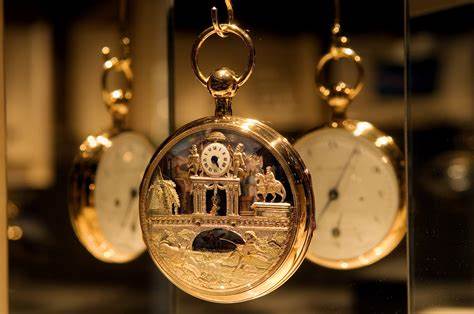
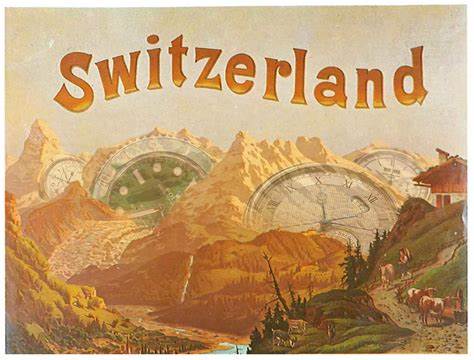

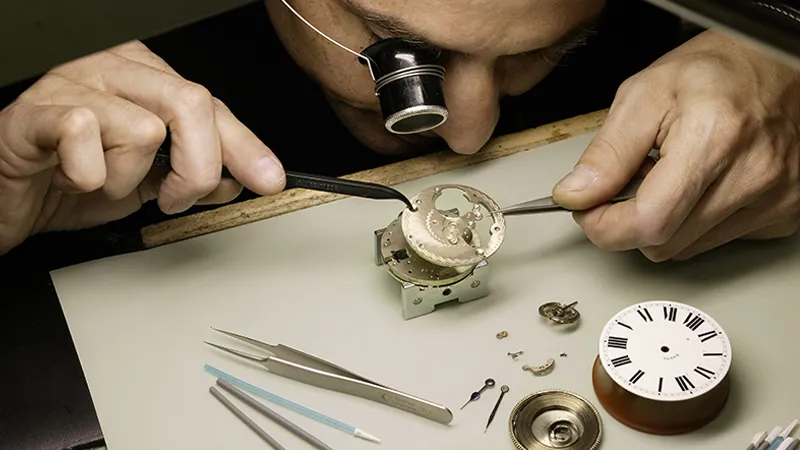
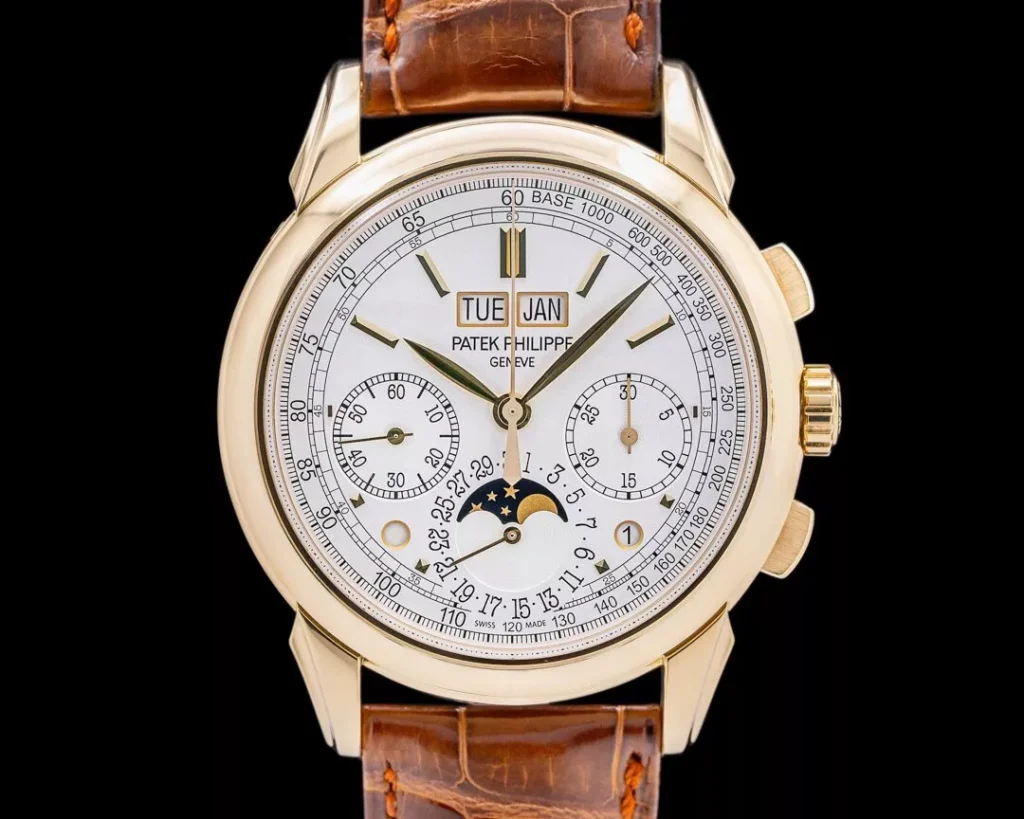
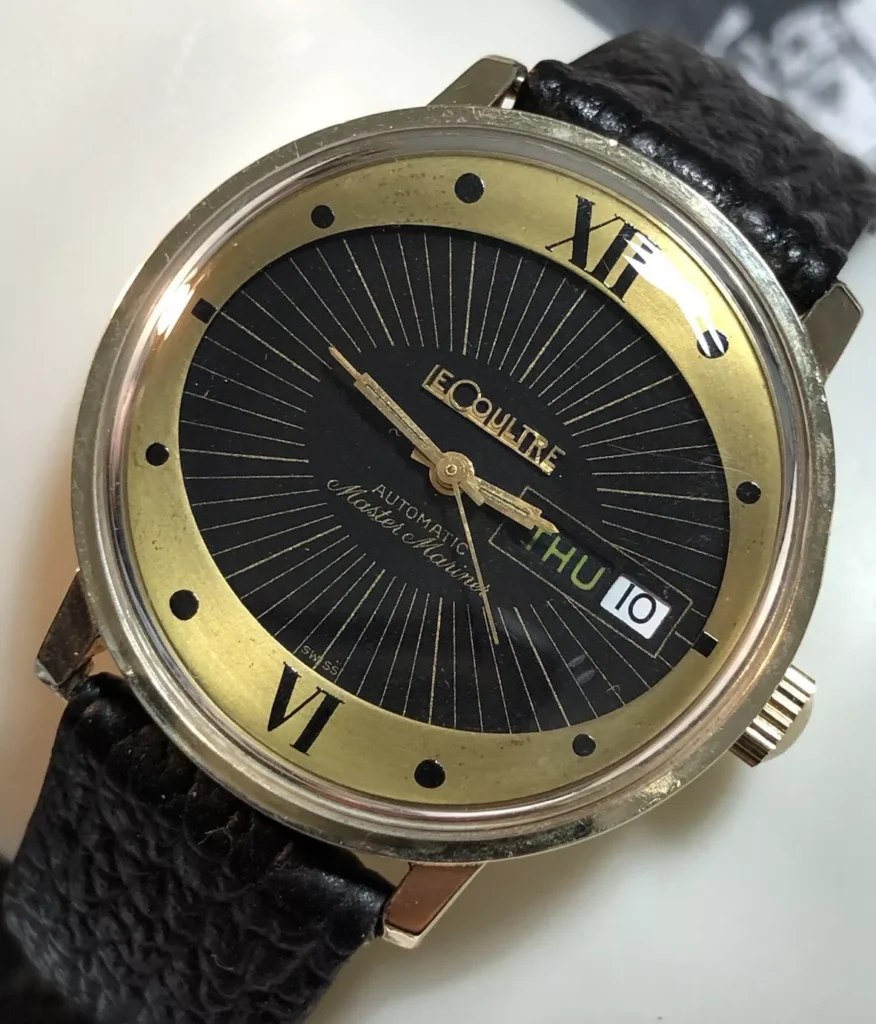
Origins (16th – 17th Century):
Geneva Becomes a Center: By the late 1600s, Geneva had established itself as a key hub of fine watchmaking, with the formation of the Watchmakers’ Guild in 1601.
Protestant Reformation: In the 16th century, religious reformer John Calvin banned the wearing of ornamental jewelry in Geneva. As a result, goldsmiths and jewelers began turning their skills toward watchmaking, which was deemed acceptable and practical.
Huguenot Refugees: Skilled Huguenot (French Protestant) watchmakers fled to Switzerland, especially Geneva and Neuchâtel, bringing their expertise with them.
Expansion and Innovation (18th – 19th Century):
Cottage Industry: The “établissage” system arose, where individual artisans worked on parts of watches from their homes in the Jura Mountains. These parts were then assembled by watchmakers.
Neuchâtel and the Vallée de Joux: Other towns, like Le Locle and La Chaux-de-Fonds, became important watchmaking centers, especially for producing high-end complications.
Abraham-Louis Breguet (1747–1823): Though born in Switzerland, Breguet worked primarily in Paris, but his innovations—like the tourbillon—heavily influenced Swiss watchmaking.
Mass Production Begins: By the 19th century, Swiss watchmakers embraced mechanized production, which allowed them to compete with American mass-produced watches.
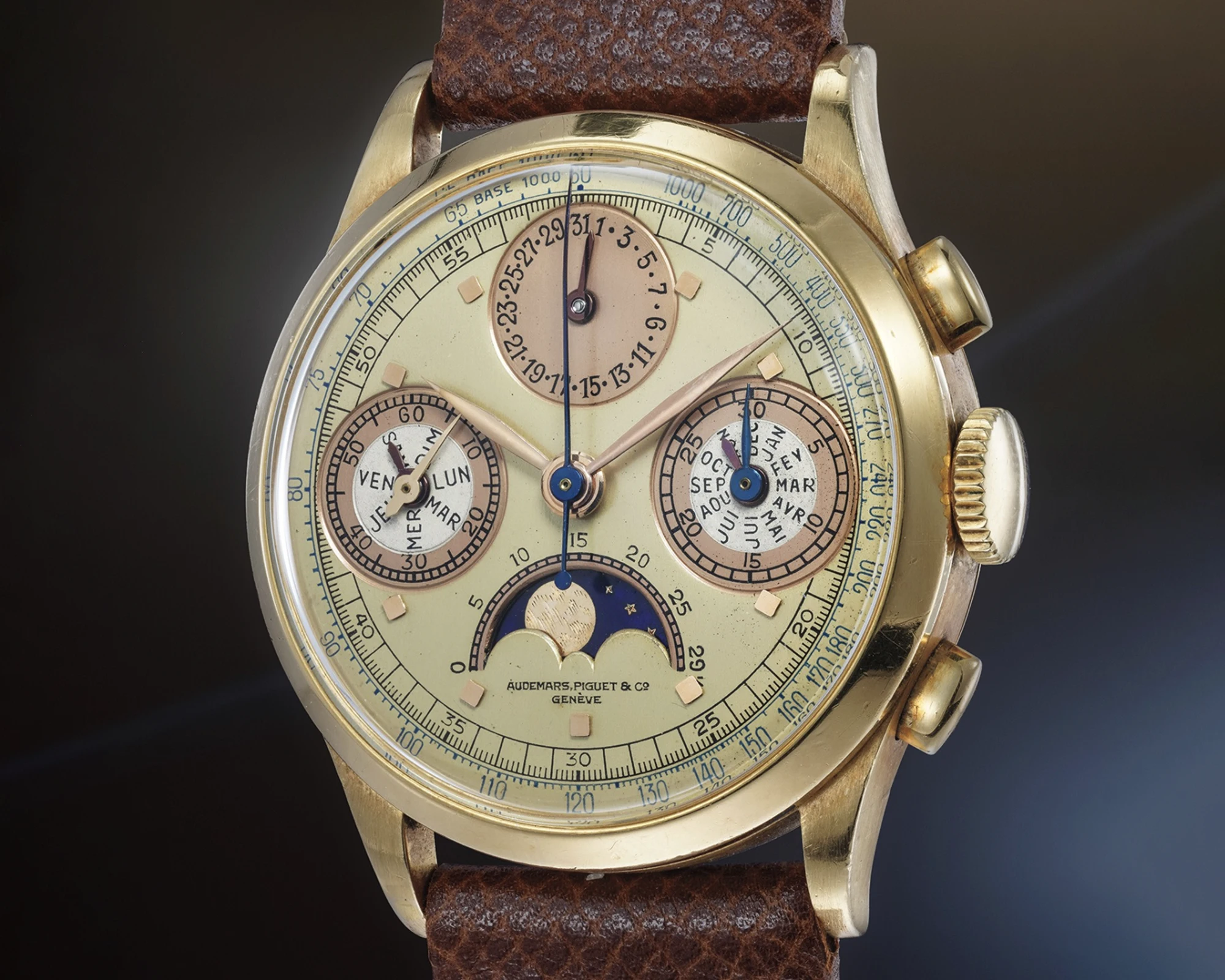
Dominance and Crisis (20th Century):
The Swatch Revolution (1983): Nicolas Hayek’s launch of the Swatch brand—a fashionable, affordable quartz watch—revitalized the industry and funded the survival of many Swiss maisons.
Golden Age: By the early 1900s, Swiss watches were seen as the pinnacle of horological precision and luxury. Brands like Patek Philippe, Vacheron Constantin, and Audemars Piguet rose to prominence.
Quartz Crisis (1970s–1980s): The invention of quartz watches (particularly by Japanese company Seiko) threatened the mechanical watch industry. Many Swiss watchmakers went bankrupt or merged.
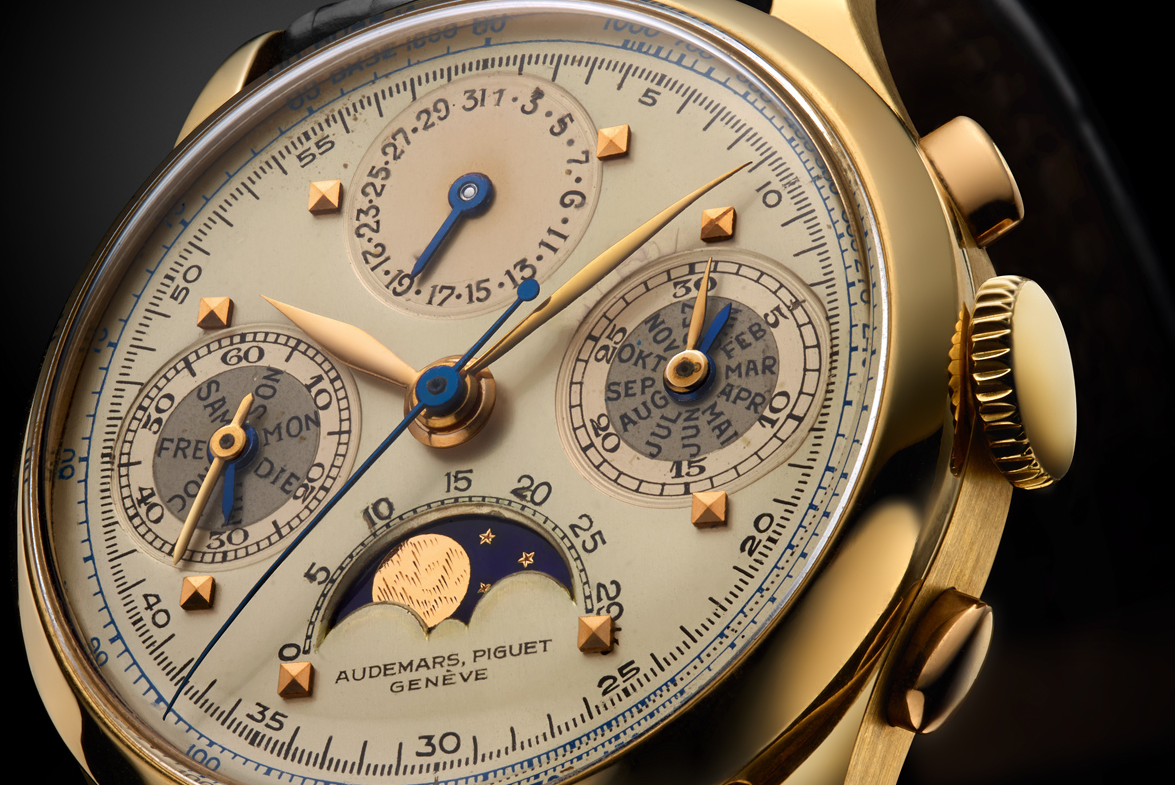
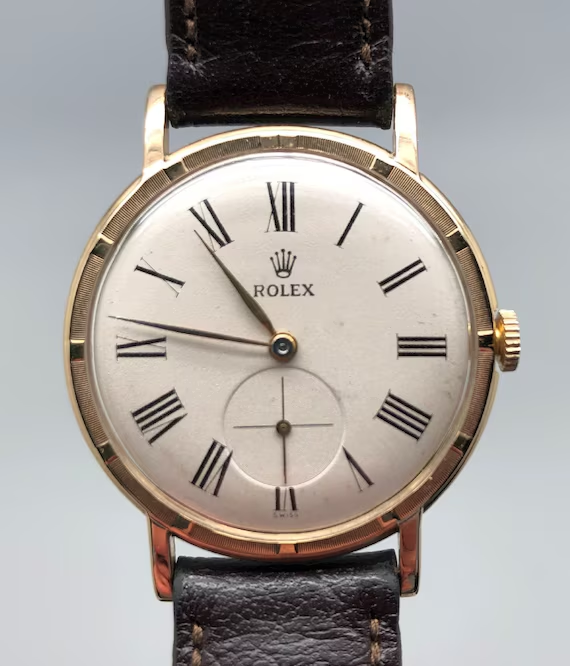
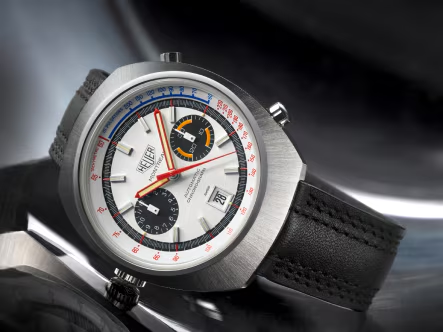
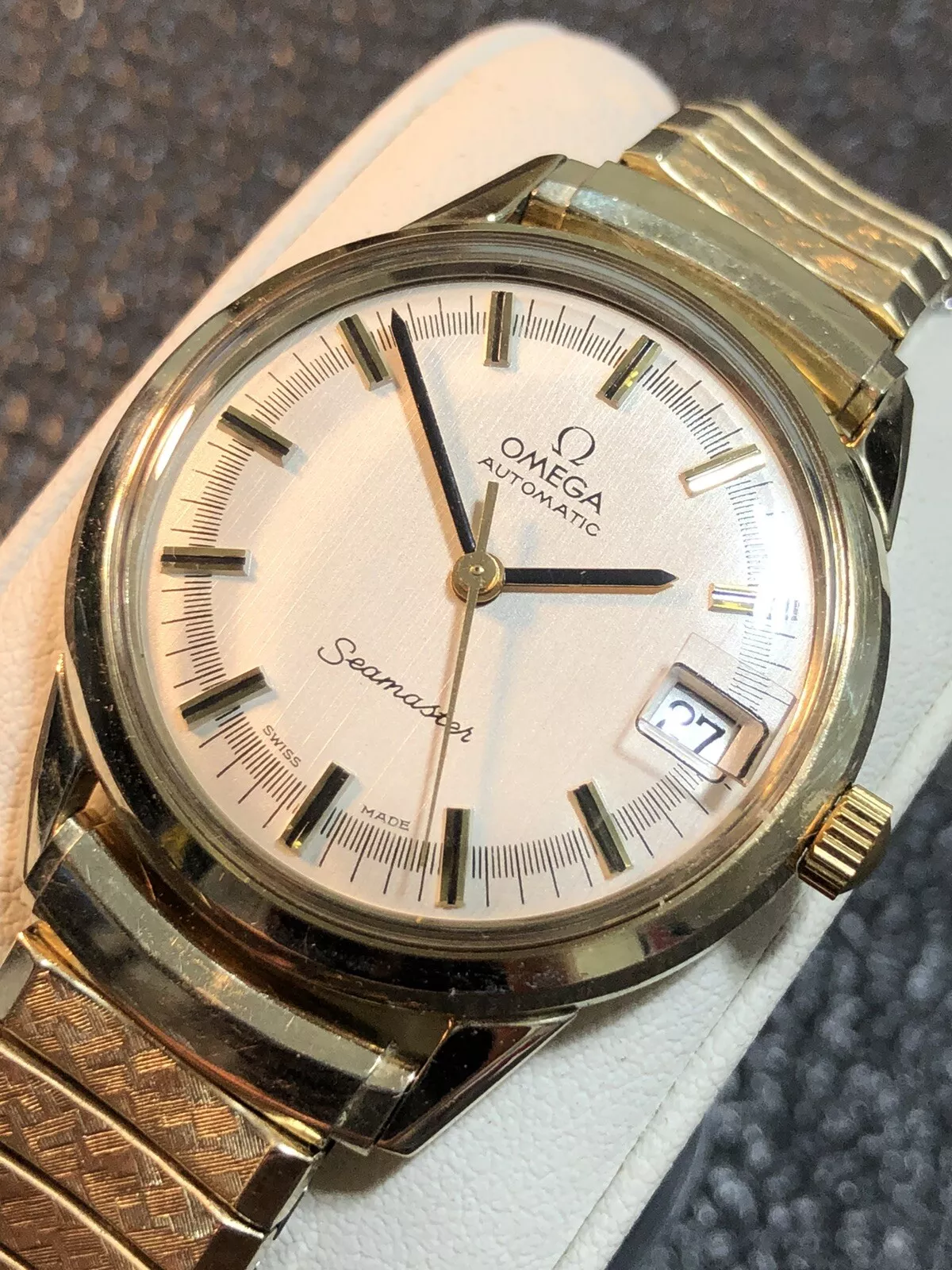
Modern Era (1990s – Present):
- Luxury Renaissance: Mechanical watches became luxury items and collectibles. Brands returned to their roots, focusing on heritage, craftsmanship, and complications.
- Innovation and Tradition: Companies like Rolex, Omega, TAG Heuer, and Jaeger-LeCoultre blend new materials (like ceramics and silicon) with traditional handcraft.
- Independents & Microbrands: A new wave of independent watchmakers (e.g., MB&F, Greubel Forsey, F.P. Journe) emphasize artistry and innovation in haute horlogerie.
